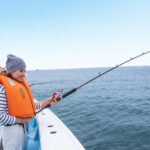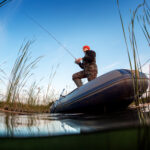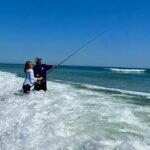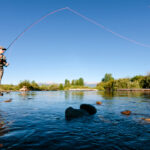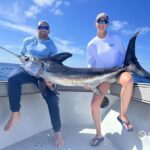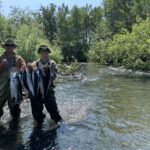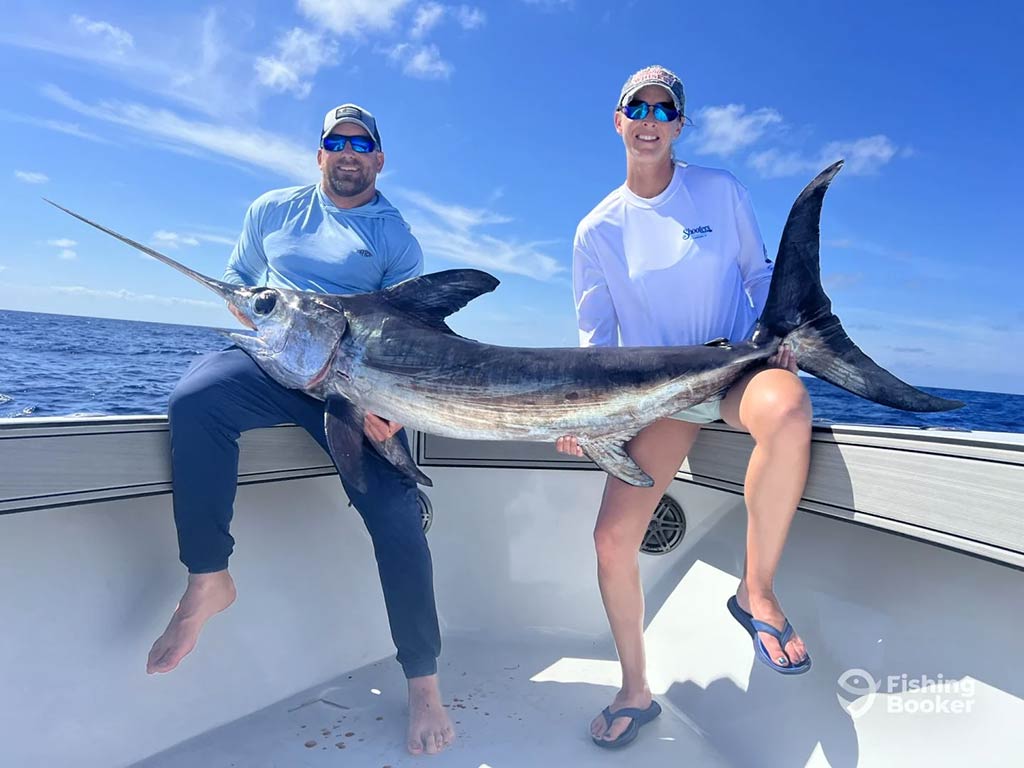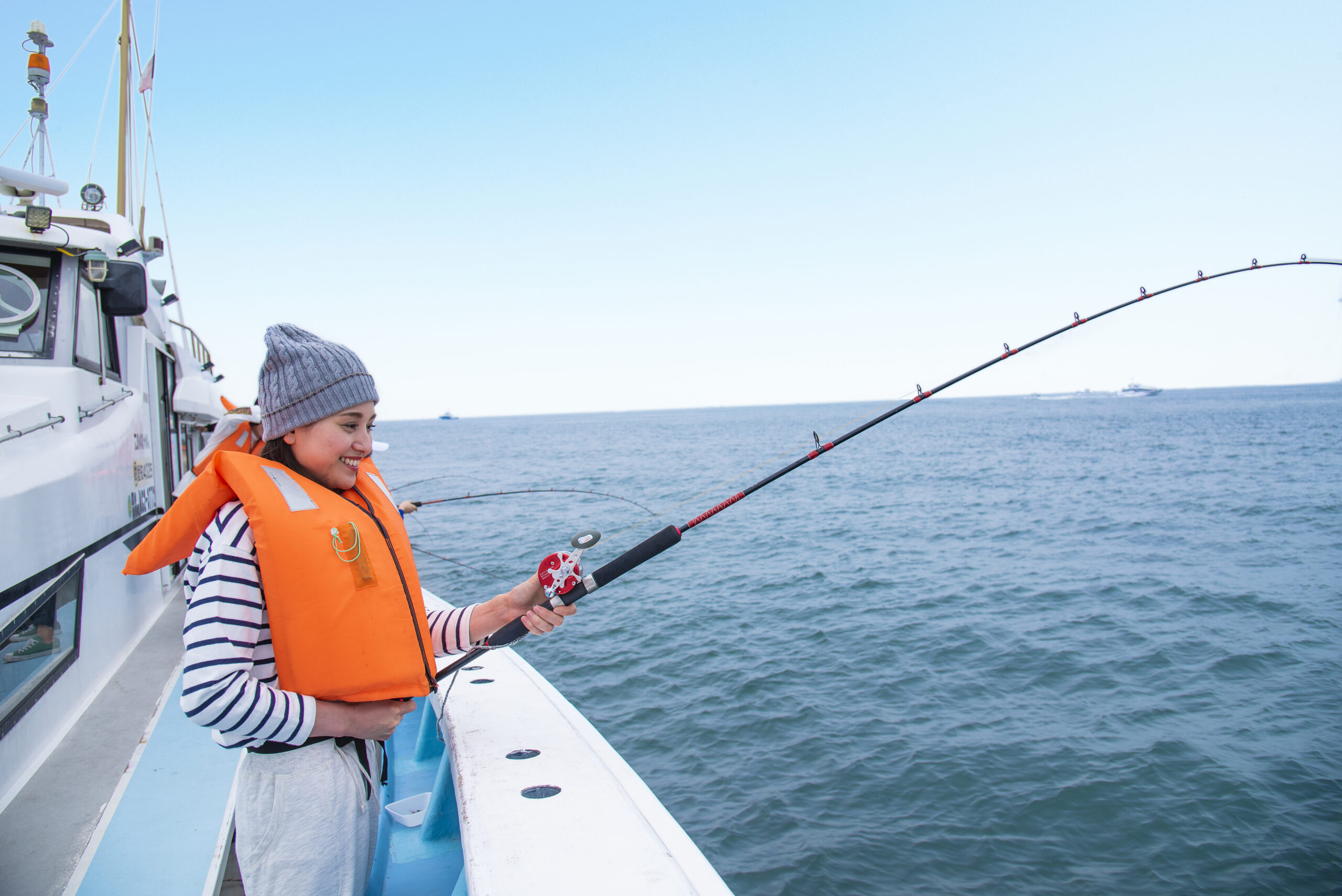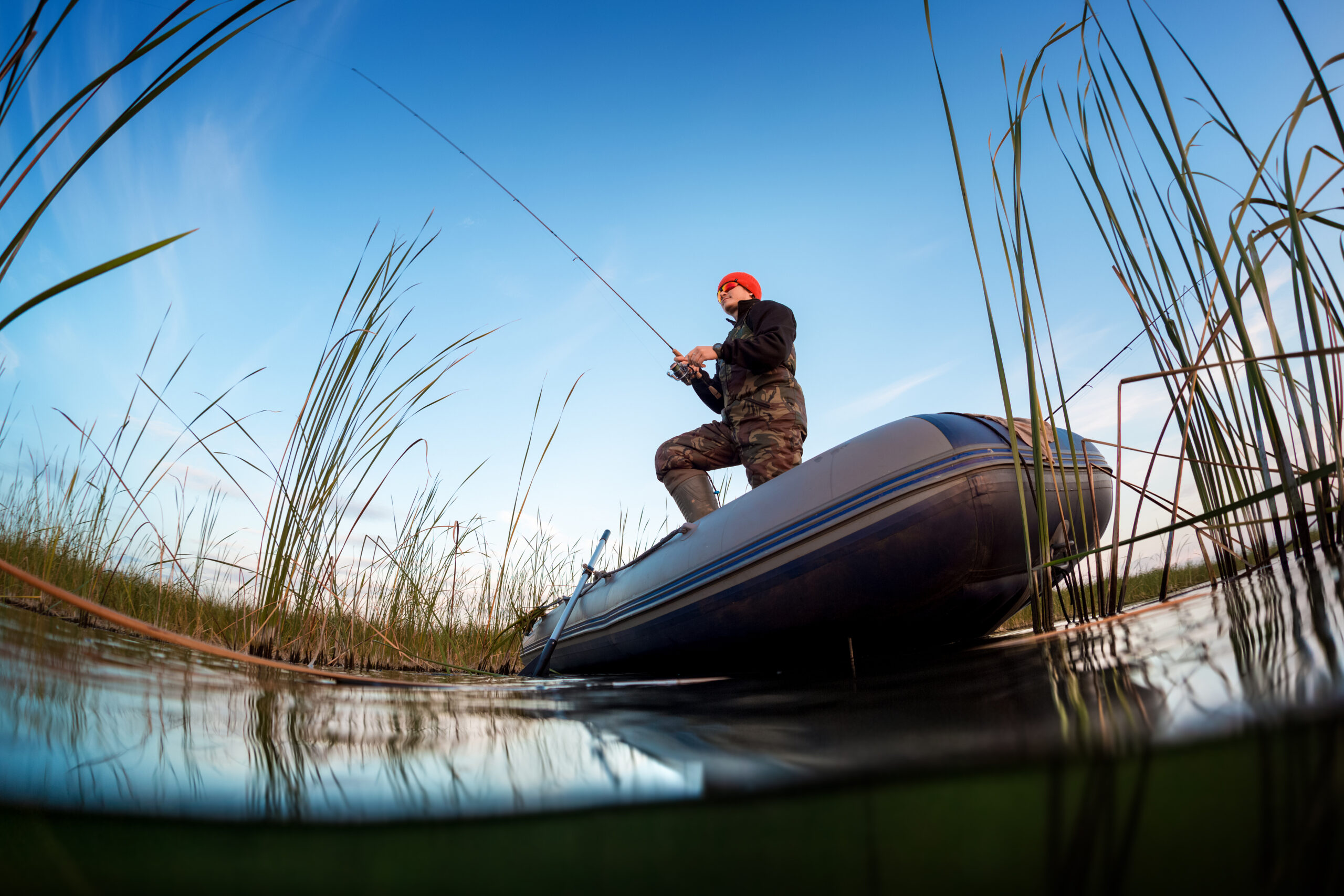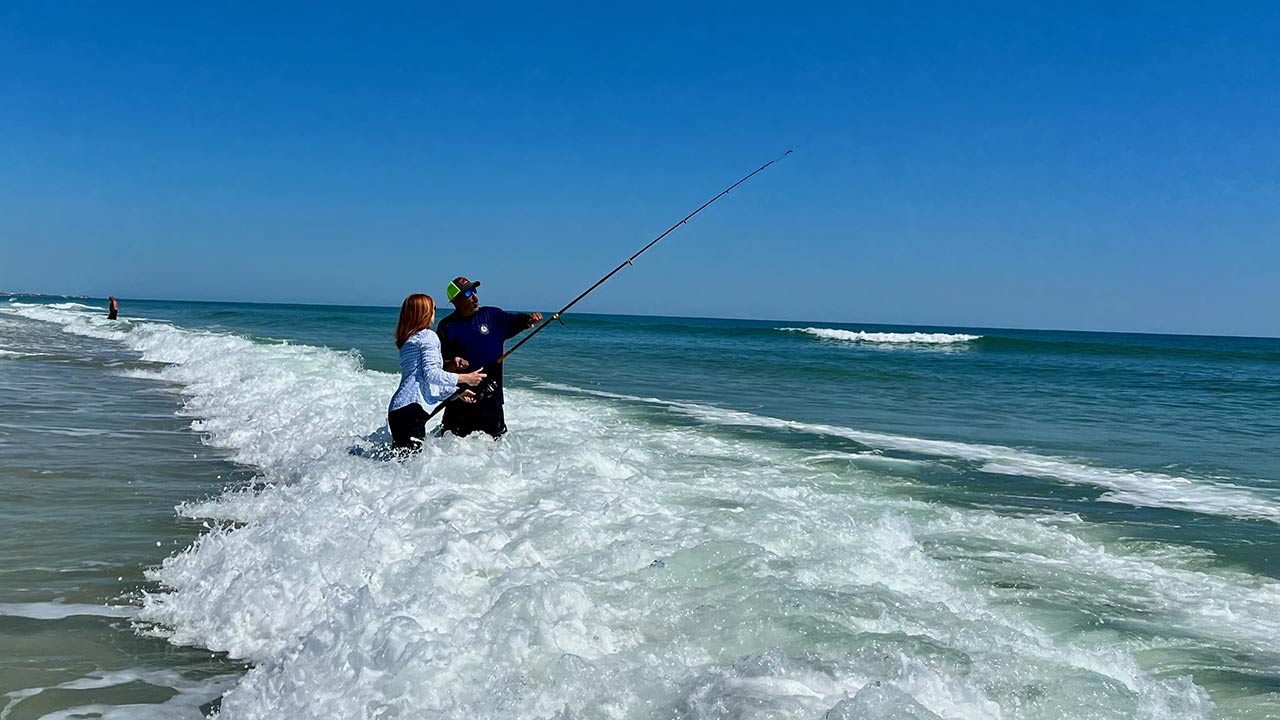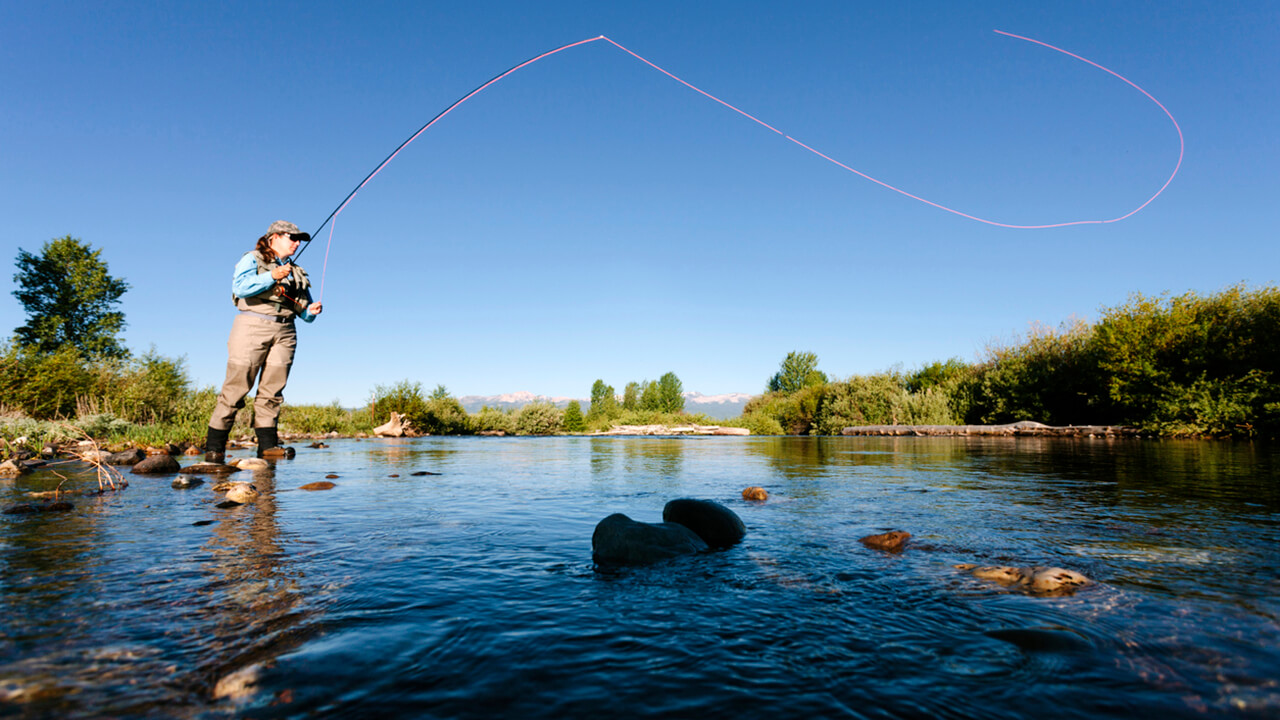As the cold grip of winter fades and the first warm days of spring arrive, anglers eagerly await the prime season for bass fishing. With rising water temperatures, bass become more active, moving from their deeper, wintering grounds to shallower areas to feed and prepare for the spawn. Spring is undoubtedly one of the best times of year to catch bass, but to maximize success, it’s essential to understand the behavior of bass and how they react to changing water conditions. Whether you’re targeting largemouth or smallmouth bass, here are some expert tips to help you get the most out of your spring bass fishing trips.
1. Understand How Water Temperature Affects Bass Behavior
Bass are cold-blooded creatures, meaning their behavior is directly influenced by the temperature of the water. As spring temperatures rise, the bass’ metabolic rate increases, making them more active and hungry. However, water temperature is not just important for triggering feeding; it also dictates the bass’ movements as they transition from deeper wintering areas to shallow spawning grounds.
- 50°F to 55°F (10°C to 13°C): Bass start to move into the shallows to feed more actively. They’ll begin transitioning to areas where food is abundant.
- 55°F to 65°F (13°C to 18°C): This is the pre-spawn phase, and bass are often found in shallower waters, actively feeding and preparing for the spawn.
- 65°F and above (18°C+): Once the water hits these temperatures, bass move into even shallower areas to spawn, often near cover like submerged rocks, vegetation, and fallen trees.
Knowing the water temperature helps you understand what phase the bass are in and allows you to tailor your strategy accordingly.
2. Target Shallow, Warm Areas Early in Spring
As water temperatures begin to rise, bass gravitate toward shallow, warmer waters to feed and prepare for the spawn. These areas include flats, coves, and the mouths of creeks, especially in the early mornings when the water tends to warm faster due to direct sunlight. During early spring, these shallow zones are where bass will spend a significant amount of time.
Focus on sunny shorelines and shallow flats in the morning, as the sun will warm these areas more quickly, making them more attractive to bass. By late morning, the shallow waters might get too warm, so be prepared to move to slightly deeper spots in the afternoon.
3. Key Bait Choices for Spring Bass Fishing
Bass are opportunistic feeders, and during the spring, they are targeting forage like baitfish, crawfish, and insects. Selecting the right lures is critical to your success, as they need to closely mimic the prey that bass are feeding on. Here are a few of the best options for spring bass fishing:
- Jerkbaits: Jerkbaits are highly effective for early spring bass fishing. They mimic the erratic movements of a dying baitfish, which is irresistible to bass. Choose suspending jerkbaits that will remain in the strike zone for longer periods, and work them with quick jerks followed by pauses to trigger strikes.
- Crankbaits: As the water warms, crankbaits become a great choice for covering more ground and reaching bass that are holding near submerged structures. Use shallow or medium-running crankbaits to target bass that are staying near the shoreline or in shallow cover.
- Spinnerbaits: Spinnerbaits are ideal for generating flash and vibration, especially in murky or stained water. These baits can cover large areas and are particularly effective when bass are active and hunting for food.
- Soft Plastics: Soft plastics such as worms, craws, and lizards are excellent choices when bass are feeding more conservatively. Texas rigs and Carolina rigs are effective setups for slow presentations, which are critical when the water is still relatively cool. Crawfish imitations are particularly successful when bass are moving into shallow areas to feed on bottom-dwelling prey.
The key to success is adapting your bait choice to the water temperature, clarity, and the bass’ feeding patterns. Experiment with different baits and presentations to find what works best in each situation.
4. Focus on Structure and Cover
As bass transition into shallow waters in the spring, they seek out cover and structure to provide protection and hunting opportunities. Look for areas where bass can hide and ambush prey. This includes submerged rocks, fallen trees, brush piles, docks, and weed beds. Bass are often positioned near these structures, where they feel safe and have access to food.
- Points: Bass often congregate at points where shallow and deep water meet, as these areas offer both feeding opportunities and access to deeper water for safety.
- Drop-offs: Look for sudden changes in depth, where bass can position themselves in the deeper parts to ambush prey.
- Vegetation: As water temperatures rise, bass will move toward weed beds, where smaller fish and insects are abundant. The edges of submerged vegetation are prime locations for spring bass fishing.
By fishing around these structures and cover, you’re likely to encounter bass holding in prime positions to strike.
5. Adjust Your Fishing Techniques Based on Conditions
Spring fishing can be tricky, especially when weather patterns fluctuate. Bass are very sensitive to changes in weather, and it can drastically affect their behavior. Here’s how to adjust based on the conditions:
- Cloudy Days: Overcast skies often make bass feel more comfortable in shallow areas, as they are not as exposed to predators. Fish slower and use baits that make noise or flash, such as spinnerbaits, to draw bass out.
- Clear, Sunny Days: Bass tend to retreat to deeper waters when the sun is shining brightly, especially as the shallow waters warm. On these days, fish deeper structures and use crankbaits or jigs to target bass that are holding near drop-offs.
- Windy Days: Wind is your friend, especially in spring. It stirs up the water and makes bass feel more secure in shallow water. Wind also helps reduce surface glare, allowing bass to hunt more freely. Use jerkbaits or spinnerbaits and focus on the windy side of the lake.
6. Be Patient and Observe
Spring bass fishing can sometimes require a bit of patience. Bass may not always bite immediately, especially when they are in the transition phase from winter to spring. Take your time to observe water conditions, fish behavior, and temperature changes. Look for subtle signs like bass pushing baitfish to the surface or bass cruising in shallow water. If you’re not getting bites, try altering your bait presentation, switching locations, or adjusting your retrieve speed.
7. Catch and Release During the Spawn
As spring progresses and water temperatures hit the 60°F mark, bass begin moving into shallower waters to spawn. If you’re fishing during this time, it’s important to practice catch and release. Spawning bass are essential to the health of the fishery, and disturbing them during this time can harm their ability to reproduce. Always handle bass with care and release them back into the water quickly, especially if you catch them near their spawning beds.
Conclusion
Spring bass fishing is an exciting and rewarding time of year for anglers, offering the chance to catch some of the biggest fish of the season. By understanding water temperature patterns, choosing the right baits, targeting key areas, and adjusting your fishing techniques, you can increase your chances of success. Keep in mind that patience is essential—spring bass can be fickle, but with the right knowledge and techniques, you’ll be well on your way to landing a trophy catch.

